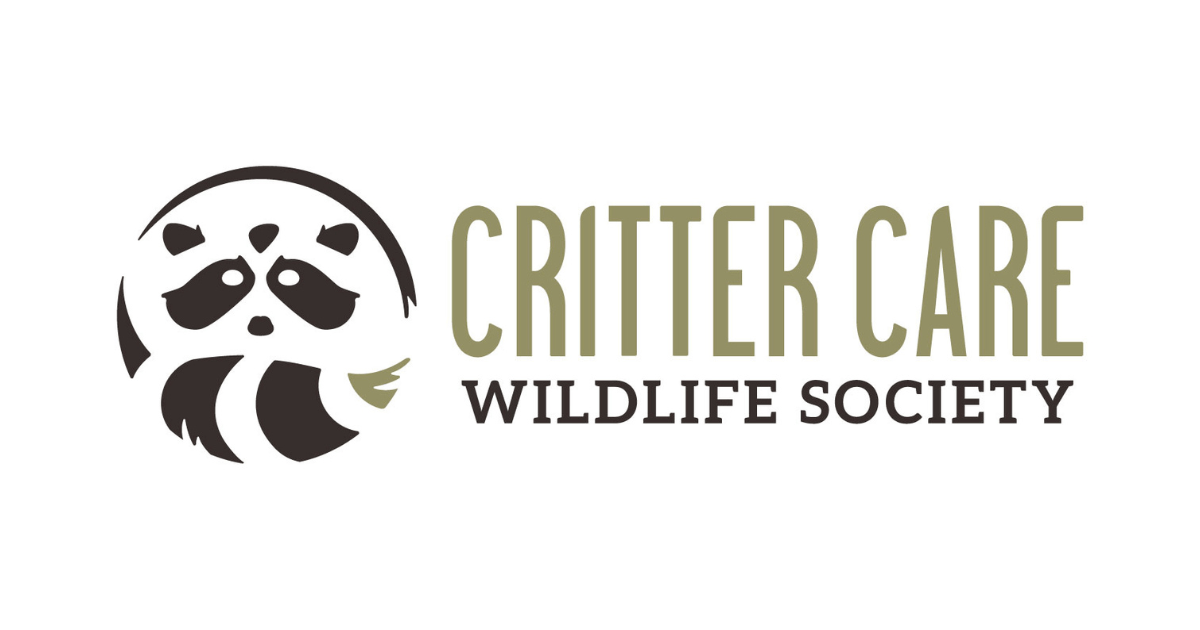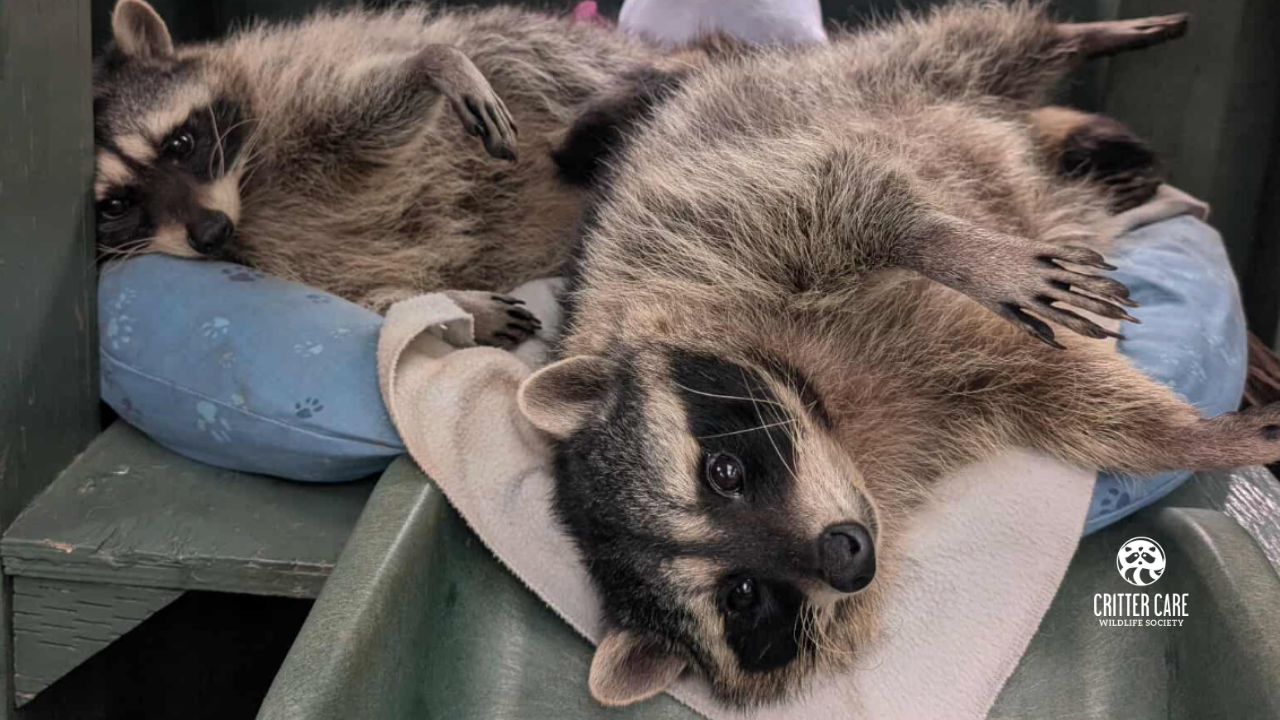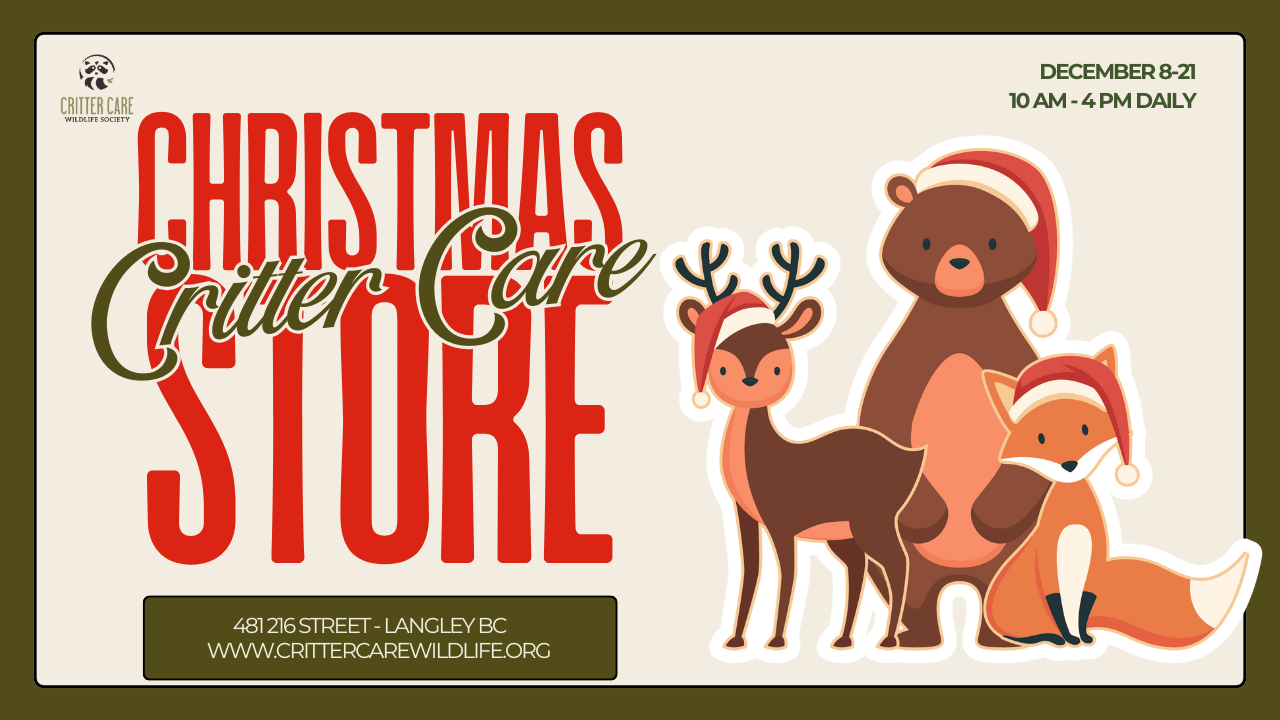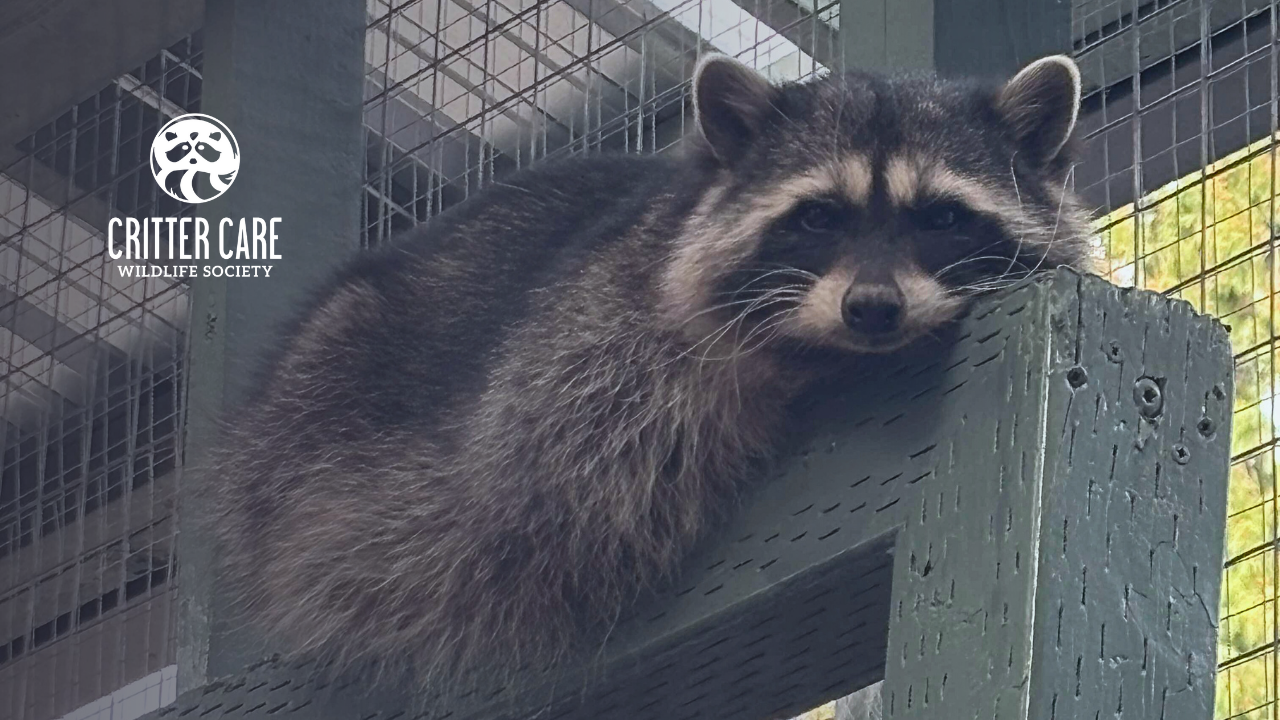Each year, Critter Care Wildlife Society gives orphaned bear cubs a second chance at life.
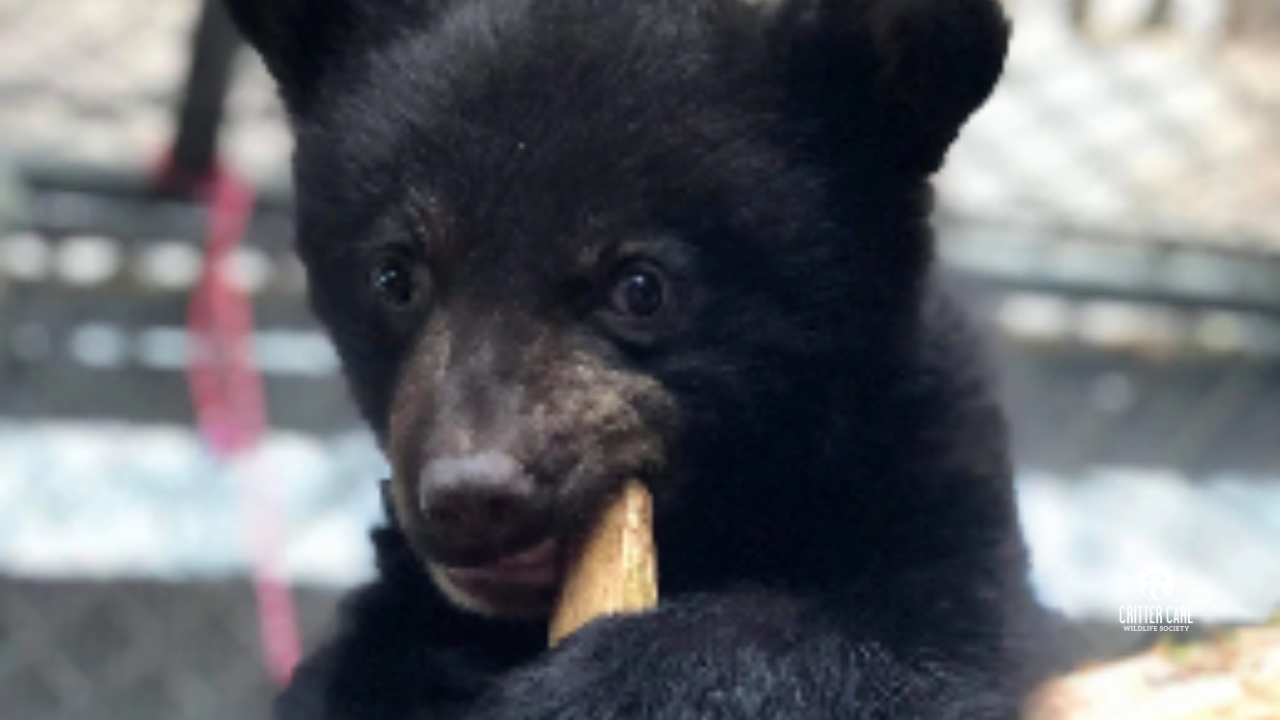
A Rainbow of Fur
When most people picture a black bear, they imagine a large, dark animal lumbering through the forest. But black bears actually come in a surprising range of colours—black, cinnamon brown, silver blue, and even white. The rare white bears, known as Spirit or Kermode bears, are found only in British Columbia. Seeing one in the wild is a rare gift, a reminder of just how diverse and remarkable these creatures are.
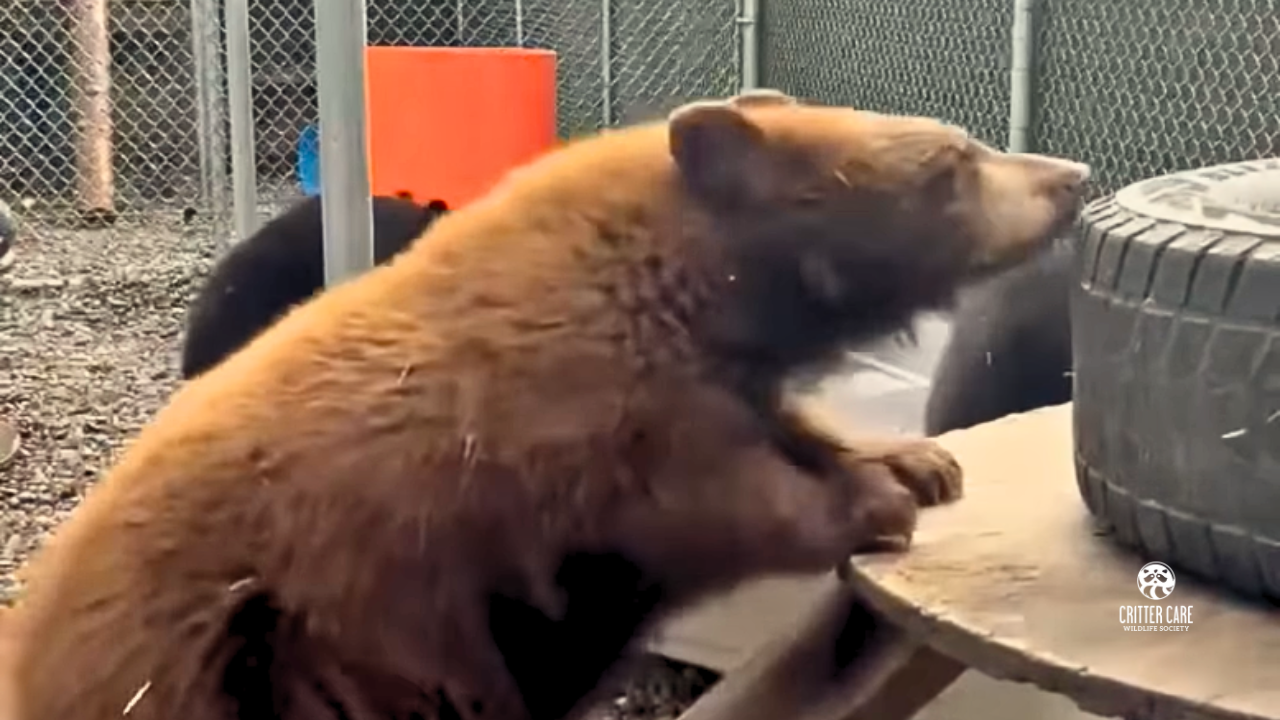
Fast, Strong, and Incredibly Smart
Black bears are not only strong, but they are also fast and nimble. They can run up to 35 miles per hour, which is faster than a racehorse for short distances. They can see colours and smell things really well, which helps them find their way around the woodlands they live in. Sadly, these lovely animals have lost more than 60% of their natural habitat. However, they still do well in the forests of North America.
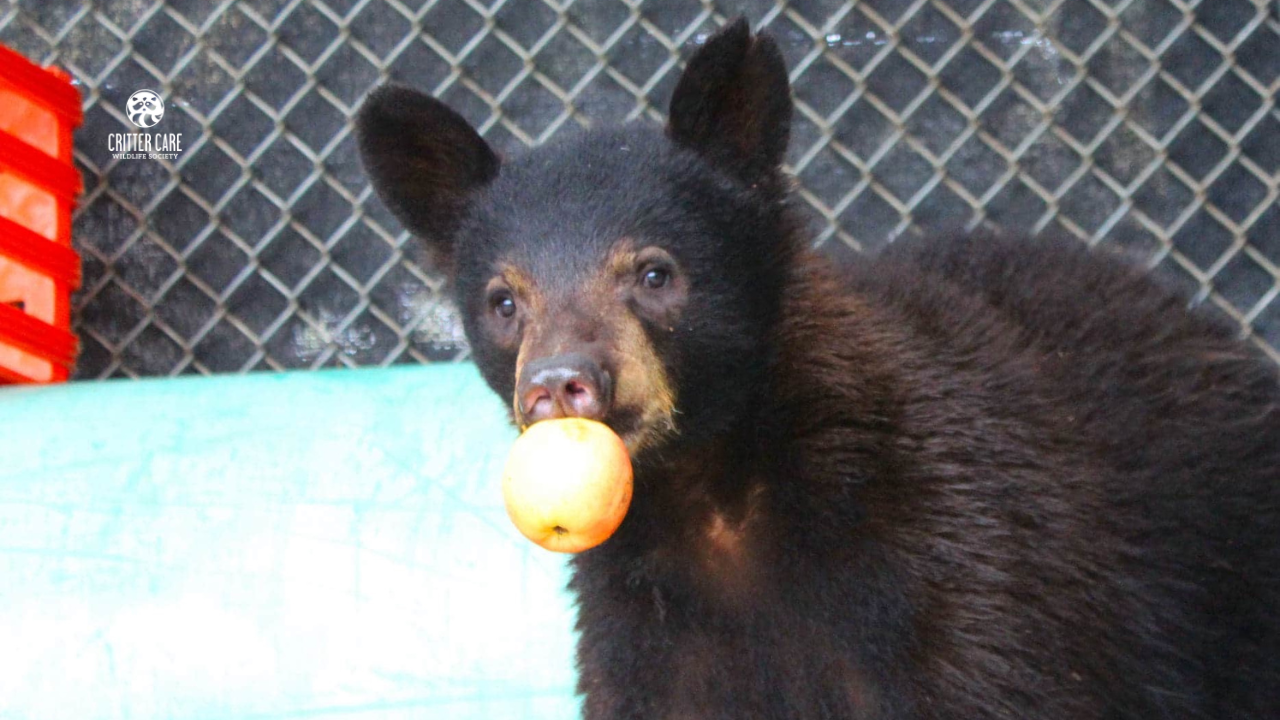
The Language of Bears
Despite their strength, black bears are gentle and expressive. The deep growl often associated with them is actually rare. Instead, they communicate in softer, more varied ways. Cubs purr like cats when nursing, coo softly to their mothers, and moan when frightened. Mothers respond with low grunts to reassure their young. When startled, bears may blow or clack their teeth as a defensive signal. Every sound carries meaning: a sign of comfort, fear, or connection.
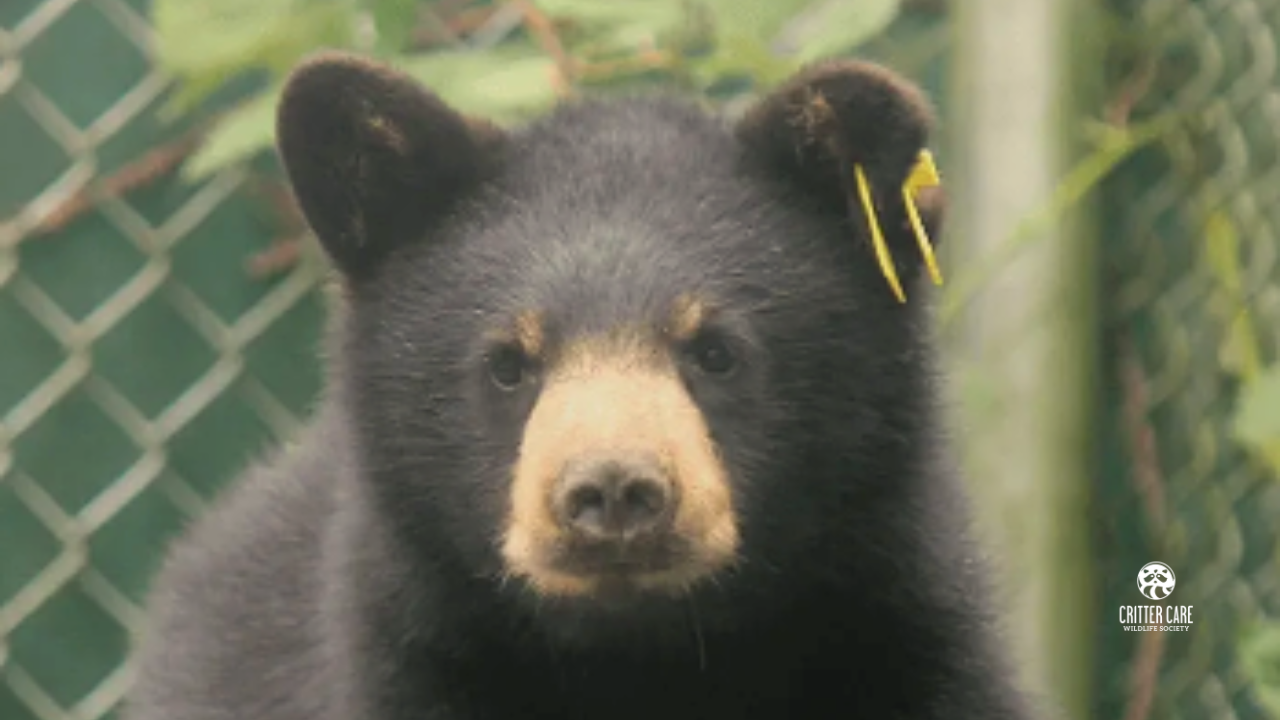
Learn More About These Incredible Animals
Black bears are intelligent, emotional, and deeply connected to the natural world. The more we learn about them, the more we’re inspired to protect them.
To discover more about black bears and the remarkable journey of their rehabilitation, visit crittercarewildlife.org/Bears and read our latest story, From Orphaned Cubs to Wild and Free: Our 2024 Bear Release Journey.
Because when we understand them better, we give them a better chance to survive and thrive.
Critter Care Wildlife Society News
Sign up to get inspiring stories of rescue,
rehabilitation and release from Critter Care
Be the first to receive our newsletter, new blog posts, and updates
about our most critical needs and community news.
